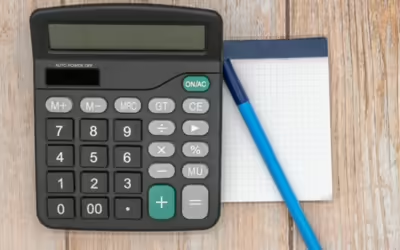A recent article (How fair is the Age Pension) prompted quite a few Retirement Essentials members to share their (not-so-good) experiences of downsizing.
Here’s what you told us (edited for reasons of space):
Helly says no way!
Does your comment that ‘they *CAN* downsize’ …take into account the fact that:
there are almost no suitable residences available to downsize to, in the first place
the massive cost of actually moving house – particularly if you are older / unable to lift and move things yourself and have ZERO relatives to help you – meaning $$$$$ to pay someone to move everything and
the massive amount in Stamp Duty plus real estate agent fees plus the cost of doing any repairs required and the cost of modifying the residence you are moving to?
It is simply not worth the cost of moving – that is why older people stay where they are! You end up losing a lot of money moving, then you have an asset worth less – so your options for reverse mortgaging have decreased dramatically.
Robyn agrees:
Amen! I ‘downsized’ to purchasing land and building a smaller house with two bedrooms plus a smaller sewing/single bedroom. The cost has been astonishing, as delay after delay has stretched out to 19 months and still not completed. Storage fees, accommodation and other associated costs have made the ‘downsizing’ an expensive nightmare. I cannot apply for a part-Age Pension until final costs are calculated because of daily changes.
Editor’s Note: If Robyn is eligible for a part Age Pension she should apply immediately and then update Centrelink as her circumstances change. Not doing so will mean she misses out on any Age Pension she is currently eligible to receive.
And Christine feels trapped with two properties instead of one
I am in a similar position. I am stuck with an unfinished house (downsizing), am paying two lots of rates, electricity and water, and living off my savings (fortunately I have some), drawing down my super, but cannot get any pension because the house I am building is deemed ‘an investment’. This build has been going for four years and the builder appears to have no appetite to complete it and there is no redress to this.
These comments caught our attention as they share the very real experience that downsizing has meant for some retirees. And yes, there can be a tendency for those in financial services to suggest downsizing will solve a lot of problems in retirement. And while it is true that leveraging the value of your primary property may translate into higher retirement income, the way you go about downsizing can lead to good – and bad – outcomes. Things can go well, but they can also go very wrong. Today we explore what happens in the latter situation.
But first, a cautionary note – the following overview is not a suggestion that you should not downsize. It is an attempt to share some of the pitfalls of downsizing, so that you can learn from the mistakes of others and avoid them! Downsizing can work very well – but you need to do a lot of homework first.




